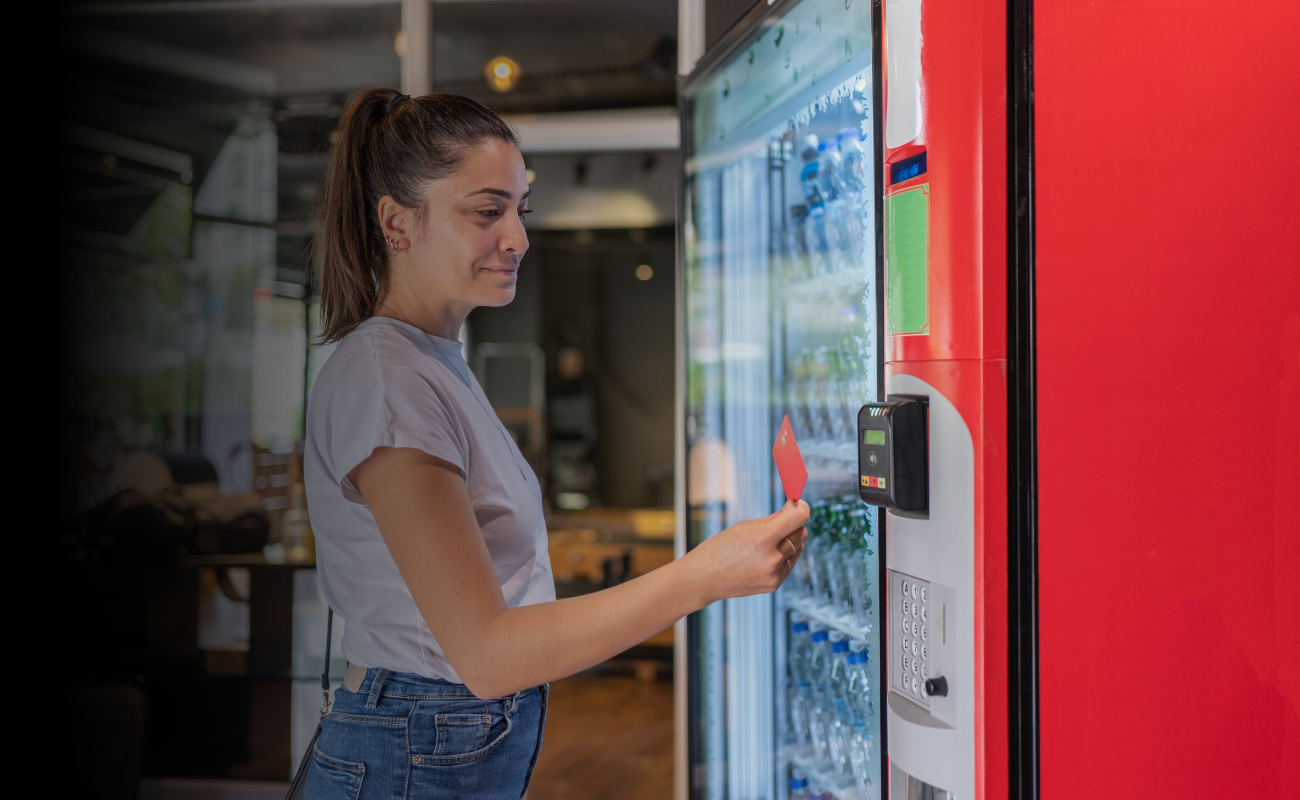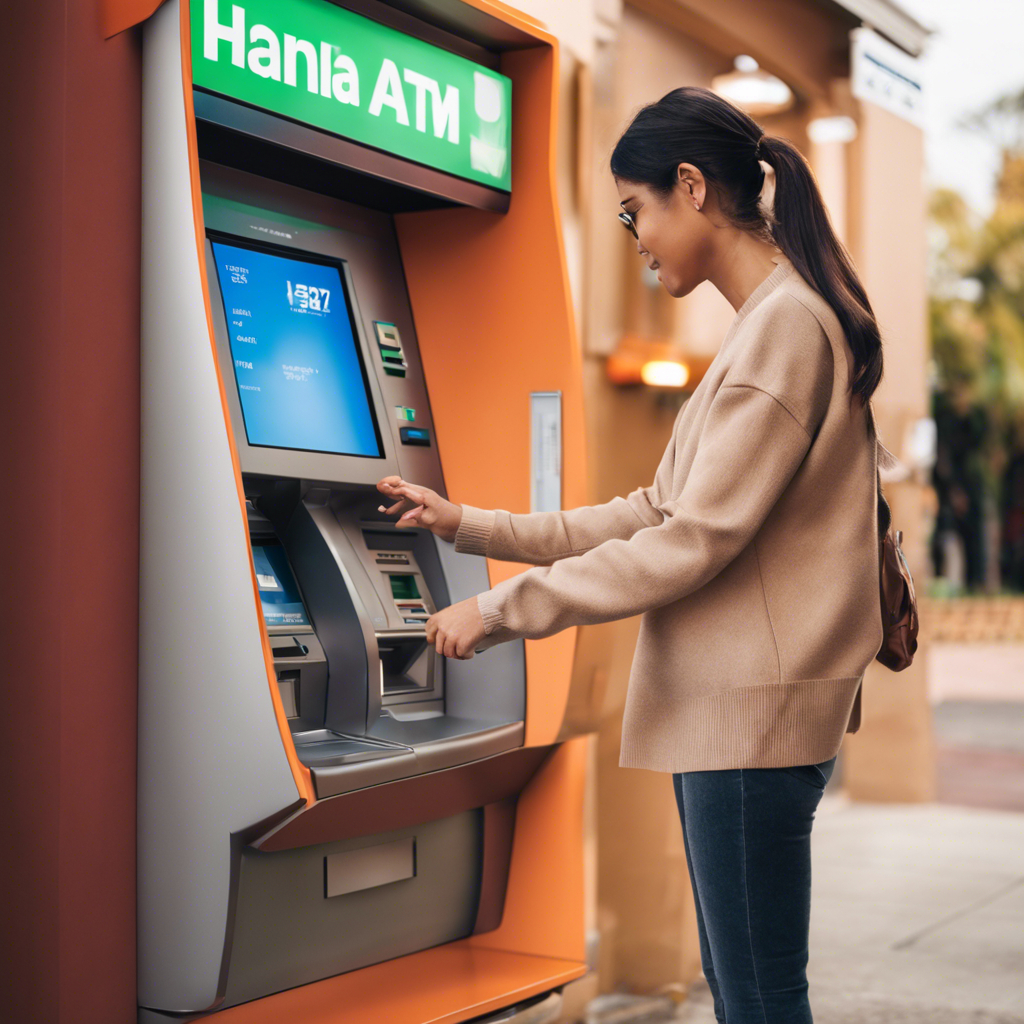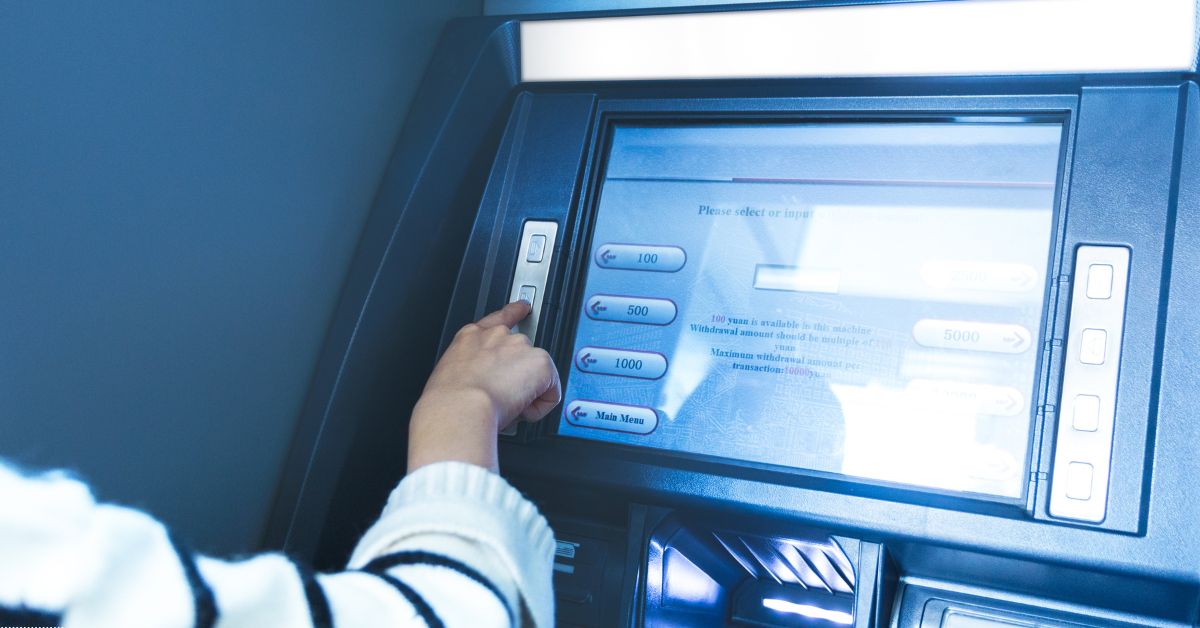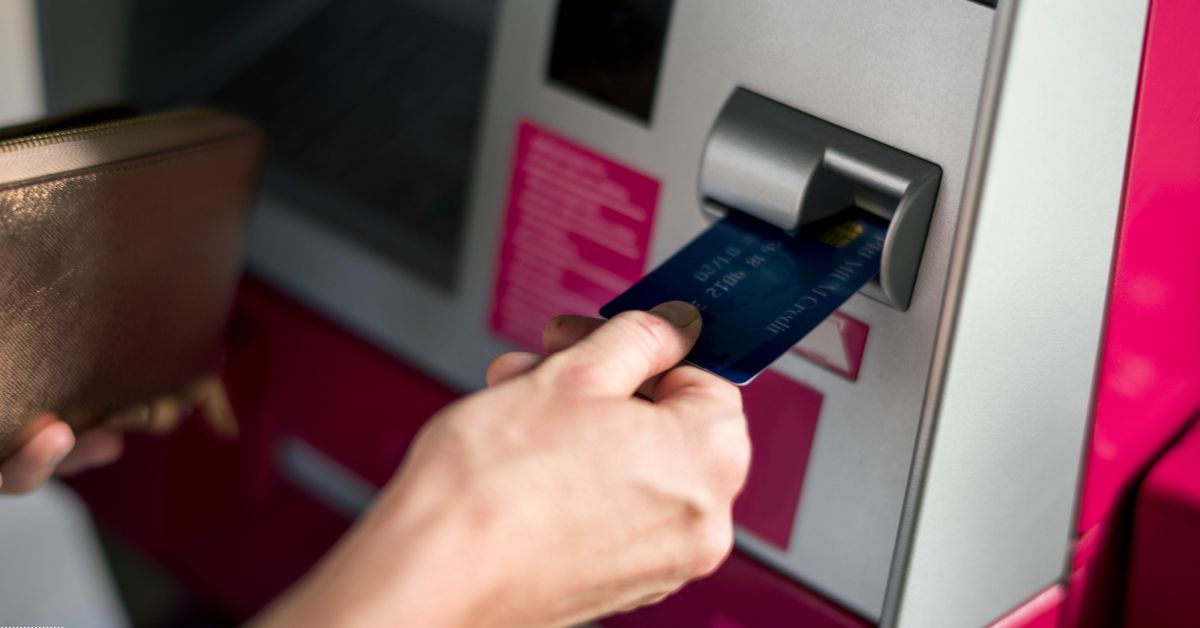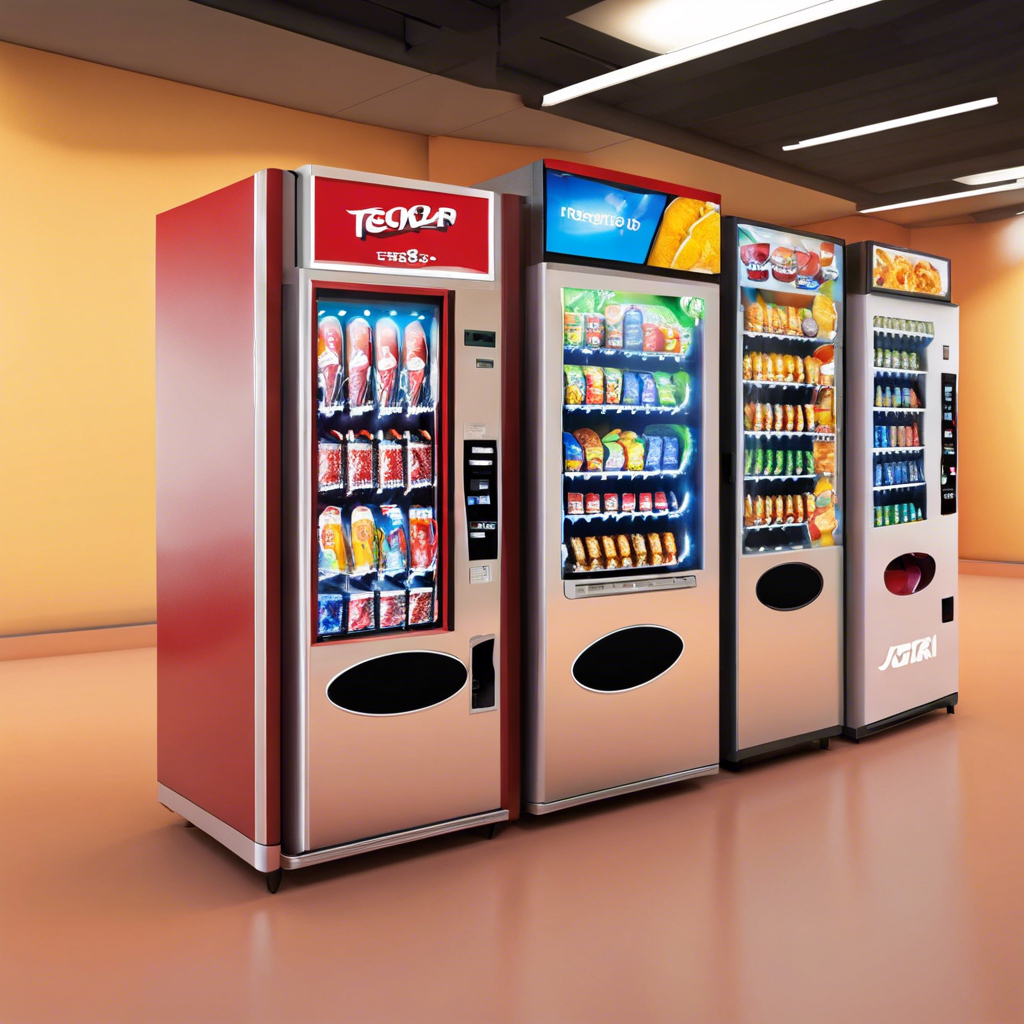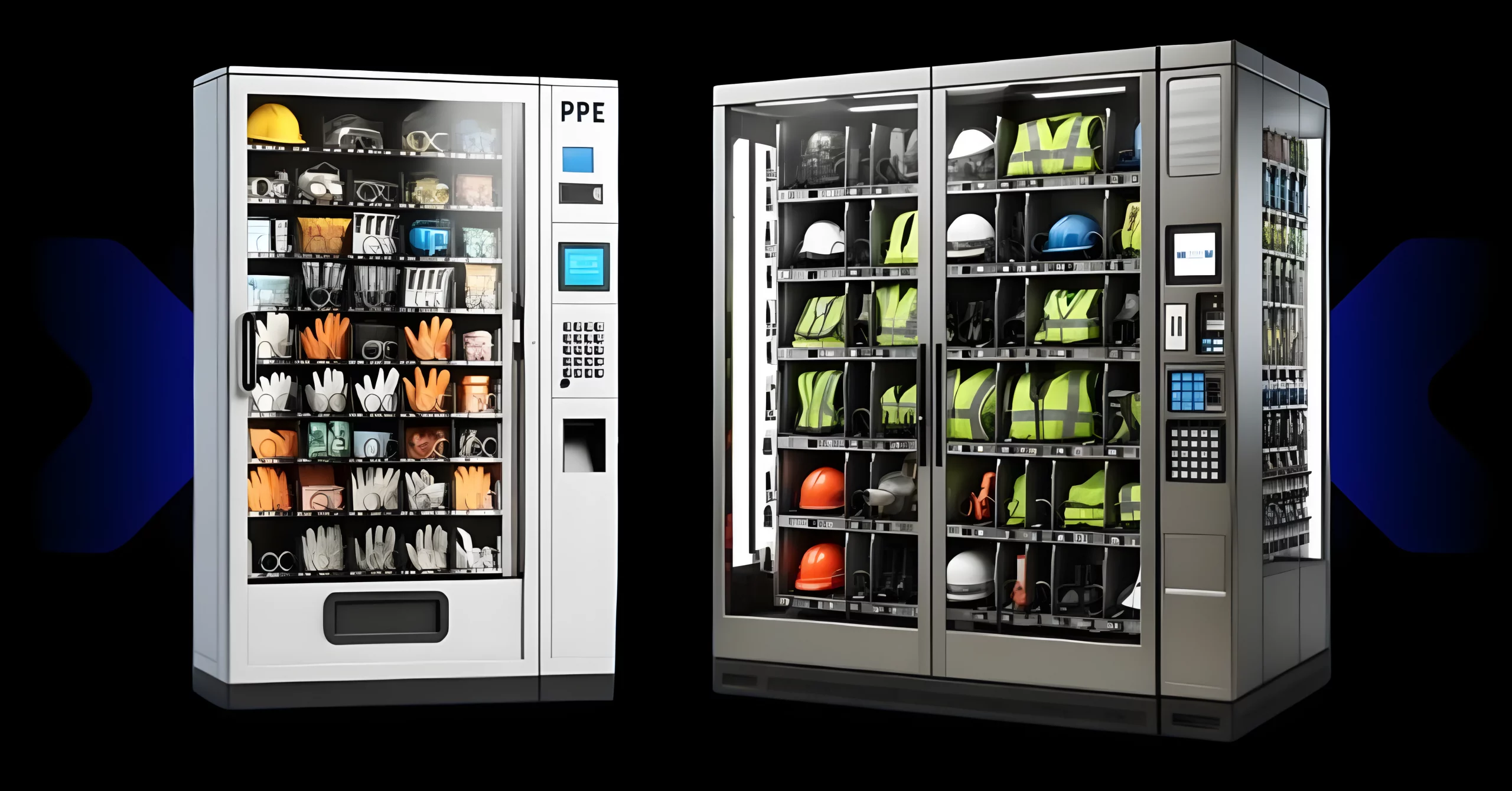Contactless payments have revolutionized the vending industry, offering a convenient and hygienic alternative to traditional cash transactions. In Canada, the adoption of contactless payment technology in vending machines is rapidly increasing, transforming the way consumers interact with these self-service devices.
The Rise of Contactless Payments in Vending
As society becomes increasingly digitalized, the demand for contactless payment options has surged. Vending machine operators in Canada have responded by integrating contactless payment technology into their machines to cater to the evolving preferences of consumers. According to recent data, the use of contactless payments in vending has witnessed a significant uptick in Canada, reflecting a broader trend towards cashless transactions.
Advantages of Contactless Payments
Convenience for Customers
Contactless payments offer unparalleled convenience for customers, allowing them to complete transactions swiftly with a simple tap or wave of their card or mobile device. In the fast-paced environment of vending, where time is of the essence, the speed and efficiency of contactless payments enhance the overall vending experience for consumers.
Hygiene Benefits
In light of recent global health concerns, the hygiene benefits of contactless payments have become especially pronounced. By eliminating the need for physical contact with cash or keypads, contactless payments minimize the risk of germ transmission, promoting a safer and more hygienic vending environment for both consumers and operators.
Increased Sales
The seamless nature of contactless payments translates to faster transaction times, reducing queues and maximizing throughput at vending machines. This increased efficiency not only improves customer satisfaction but also has a tangible impact on sales revenue, as consumers are more likely to make impulse purchases when the payment process is quick and hassle-free.
Learn about strategic spots – understanding where to place vending machine
Technological Integration
NFC Technology
Near Field Communication (NFC) technology forms the backbone of contactless payments in vending machines. By leveraging NFC-enabled devices such as smartphones or contactless cards, consumers can initiate transactions with a simple tap on the vending machine’s payment terminal, facilitating a seamless payment experience.
Mobile Wallets
The widespread adoption of mobile payment platforms, such as Apple Pay and Google Pay, has further accelerated the adoption of contactless payments in vending. These platforms allow consumers to store their payment credentials securely on their mobile devices, enabling them to make purchases at vending machines without the need for physical cards or cash.
QR Code Payments
In addition to NFC technology, QR code-based payment systems have emerged as a viable option for contactless transactions in vending machines. By scanning a QR code displayed on the vending machine’s interface with their smartphone camera, consumers can initiate payments directly from their mobile banking apps or third-party payment wallets, expanding the range of contactless payment options available.
Security Measures
Encryption Protocols
To ensure the security of contactless transactions, vending machine operators employ robust encryption protocols to encrypt sensitive payment data transmitted during the payment process. These encryption measures safeguard against unauthorized access and mitigate the risk of data breaches, instilling confidence in consumers regarding the safety of their financial information.
Fraud Prevention Measures
In addition to encryption, contactless payment systems incorporate various fraud prevention measures to detect and mitigate fraudulent transactions. These measures may include transaction limits, real-time transaction monitoring, and two-factor authentication mechanisms, providing an added layer of security against unauthorized use of payment credentials.
Tokenization
Tokenization technology plays a crucial role in enhancing the security of contactless payments by replacing sensitive cardholder data with unique tokens during transaction processing. These tokens are meaningless to potential attackers, significantly reducing the risk of unauthorized access or data theft. As a result, tokenization enhances consumer trust in contactless payment systems and promotes wider adoption among vending machine users.
Learn about best locations for vending machines
Challenges and Solutions
Connectivity Issues
One of the primary challenges associated with contactless payments in vending is ensuring reliable internet connectivity to process transactions seamlessly. In remote or low-connectivity areas, vending machine operators may encounter difficulties in establishing a stable connection, leading to transaction failures or delays. To address this challenge, operators can implement backup connectivity solutions, such as cellular or satellite networks, to maintain uninterrupted service availability.
Education and Adoption
While contactless payments offer numerous benefits, widespread adoption among consumers and vending machine operators remains contingent on overcoming barriers to awareness and education. Many consumers may be unfamiliar with contactless payment technology or harbor misconceptions regarding its security and reliability. Vending machine operators play a crucial role in driving adoption by educating consumers about the benefits of contactless payments and dispelling myths or concerns through targeted marketing and promotional campaigns.
Regulatory Compliance
As contactless payments continue to gain traction in the vending industry, ensuring compliance with regulatory standards and industry best practices becomes paramount. Vending machine operators must adhere to relevant regulatory frameworks, such as the Payment Card Industry Data Security Standard (PCI DSS), to safeguard sensitive payment data and mitigate the risk of non-compliance penalties or fines. Implementing robust security measures and adhering to compliance requirements not only protects consumers’ financial information but also fosters trust and confidence in the contactless payment ecosystem.
Future Trends
Biometric Authentication
The integration of biometric authentication technology holds immense potential for enhancing the security and convenience of contactless payments in vending machines. Biometric identifiers such as fingerprints or facial recognition can serve as unique authentication credentials, replacing traditional authentication methods and reducing the reliance on physical cards or devices. By leveraging biometric authentication, vending machine operators can offer consumers a seamless and frictionless payment experience while enhancing transaction security and mitigating the risk of fraud or identity theft.
IoT Integration
The Internet of Things (IoT) represents another transformative trend shaping the future of contactless payments in vending. IoT-enabled vending machines equipped with sensors and connectivity capabilities can collect real-time data on consumer behavior, inventory levels, and machine performance. By leveraging this data, vending machine operators can optimize machine placement, streamline inventory management, and personalize the vending experience for consumers. Furthermore, IoT integration enables remote monitoring and maintenance, allowing operators to address issues proactively and minimize downtime, thereby maximizing revenue potential and operational efficiency.
Personalization and Analytics
As contactless payment adoption continues to proliferate, vending machine operators have an opportunity to leverage transaction data for personalized marketing and analytics. By analyzing purchase patterns, demographic information, and consumer preferences, operators can tailor product offerings, promotions, and pricing strategies to align with the unique needs and preferences of their target audience. Additionally, analytics insights enable operators to optimize machine placement, identify high-traffic locations, and forecast demand accurately, empowering them to make data-driven decisions that drive revenue growth and customer satisfaction.
Learn about 10 most profitable items to sell in vending machine
Conclusion
The future of contactless payments in vending machines is characterized by technological innovation, enhanced security, and unparalleled convenience. As consumers increasingly embrace cashless transactions and demand greater flexibility and choice, vending machine operators must adapt to meet these evolving expectations. By leveraging cutting-edge technologies, implementing robust security measures, and embracing emerging trends such as biometric authentication and IoT integration, operators can position themselves for success in the dynamic and rapidly evolving landscape of contactless payments in vending. As Canada continues to embrace the digital transformation of its vending industry, the future looks bright for contactless payments, offering a win-win solution for consumers and operators alike. Read more…

